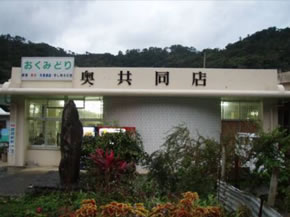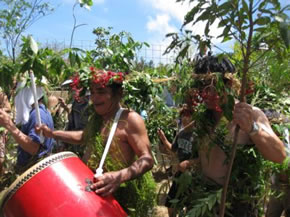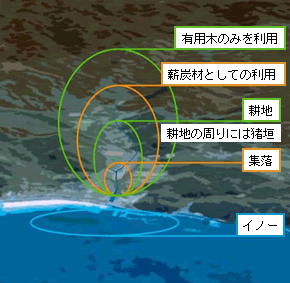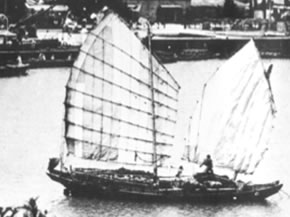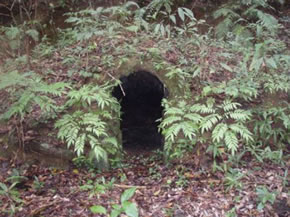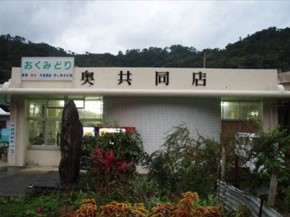History / Culture
Human life in Yambaru, between mountains and sea
How have the people of the Yambaru region lived, surrounded by the sea and mountains? You can still get a glimpse of the history and culture of the Yambaru region through the traditional culture that lives on today.
Gratitude for nature’s bounty – festivals and events –
The settlements in the Yambaru region perceive the sea and the mountains that surround them as one, living their daily lives with gratitude for such a natural bounty, and this lifestyle and culture remain very much alive. Many old festivals are still held to pray for a good harvest and good fishing, and to ward off evil spirits from the settlements.
The most important festivals around the old Bon Festival include Shinugu, which is held to pray to the mountain gods for a good harvest, and Ungami, or Unjami (Sea God Festival), which is held in each settlement to pray to the sea gods for a good catch. Shinugu (the Day of the Boar before the old Bon Festival) in Ada Ward, Kunigami-son and Ungami (the Day of the Boar after the old Bon Festival) in Shioya Bay, Ogimi-son are designated as Important Intangible Folk Cultural Properties of Japan.
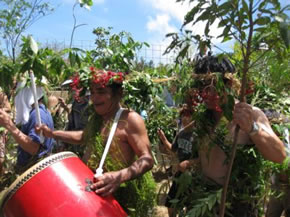
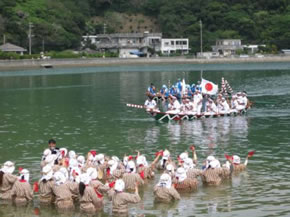
Rational land use – Traditional settlement landscape –
Settlements in the Yambaru region face the sea with a river as their axis, and are separated from neighboring settlements by mountains. Land is used rationally in a series of concentric circles around each village, starting with arable land, then an area for firewood and charcoal, followed by an area for building materials, while the headwaters have been preserved without much modification. Settlements still retain their traditional landscape, including walls of coral limestone and windbreaks of fukugi trees, which are maintained to protect the houses from typhoons and tidal damage. Also, there are still many that were erected between the fields and the mountains in order to prevent damage from wild boars.
The shallows of the coral reefs in front of the settlements are called “ino” (reef lagoons), and residents have long made their living by catching seaweed, shellfish, fish and octopus in these “fields of the sea.”
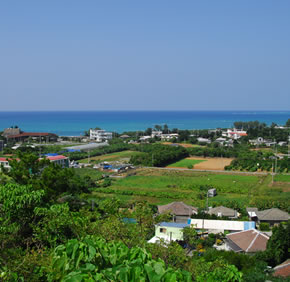
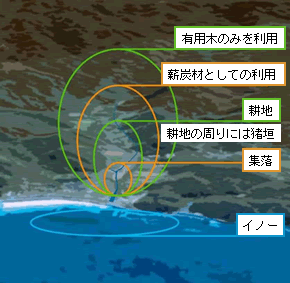
(Reference: FY1998 Report on the Study of the Basic Plan for Conservation and Utilization of the Natural Environment in the Yambaru Region)
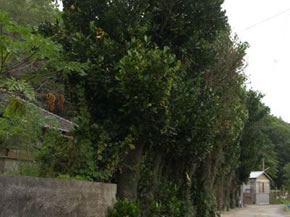

Flourishing maritime transportation – Yambaru boats –
From the Ryukyu Kingdom era to recent years, the Yambaru region played an important role as a supply area for wood used for firewood, charcoal, and building materials, taking advantage of its rich forest nature. Until the beginning of the Showa period, before the construction of roads, maritime transportation was very active, and trade proliferated with central and southern parts of Okinawa Island via Yambaru boats.
These Yambaru boats took firewood, charcoal, and building materials to cities such as Naha and Shuri, while also stopping at other surrounding islands, and on their return journeys they brought daily necessities and other items to the Yambaru region.
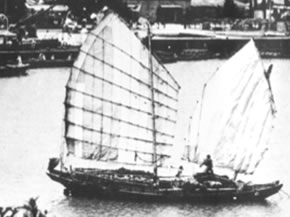
(Development of Ryukyu Yambaru ship transportation, Shigeru Ikeno
Published 1994 by Roman Shobo)
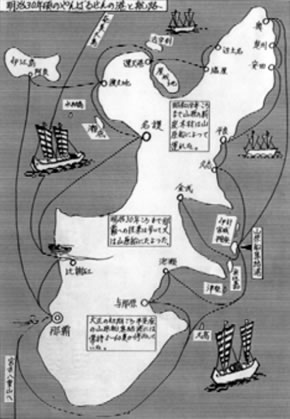
(Okinawa in the early Showa period seen through illustrations)
Machu Ishida, 1988
in the mountains – Charcoal making and indigo dyeing –
The mountains of Yambaru used to have many charcoal kilns on their gentle slopes. The charcoal made in the mountains was carried by people or horse-drawn carts to a collection point, and then transported by Yambaru boats to central and southern parts of Okinawa. In addition to charcoal making, many people made a living by producing Ryukyu indigo (a dye obtained by processing a plant called Ryukyu-ai) and (a raw material made from the camphor tree that is used in mothballs for clothing). Traces of these can still be seen in these mountains today.
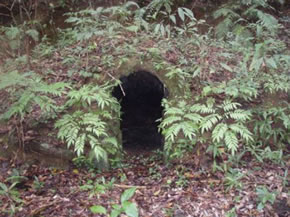
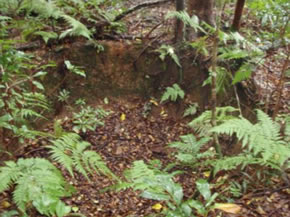
Community-based operation – Cooperative store –
In the settlements of the Yambaru region, cooperative stores have been operated as a means of protecting residents’ livelihoods, mainly by them jointly selling their products and jointly purchasing daily necessities. A pioneer in this field was the cooperative store in the settlement of Oku in Kunigami-son. This wisdom grew from the fact that the area was isolated from the rest of the region due to the lack of roads.
